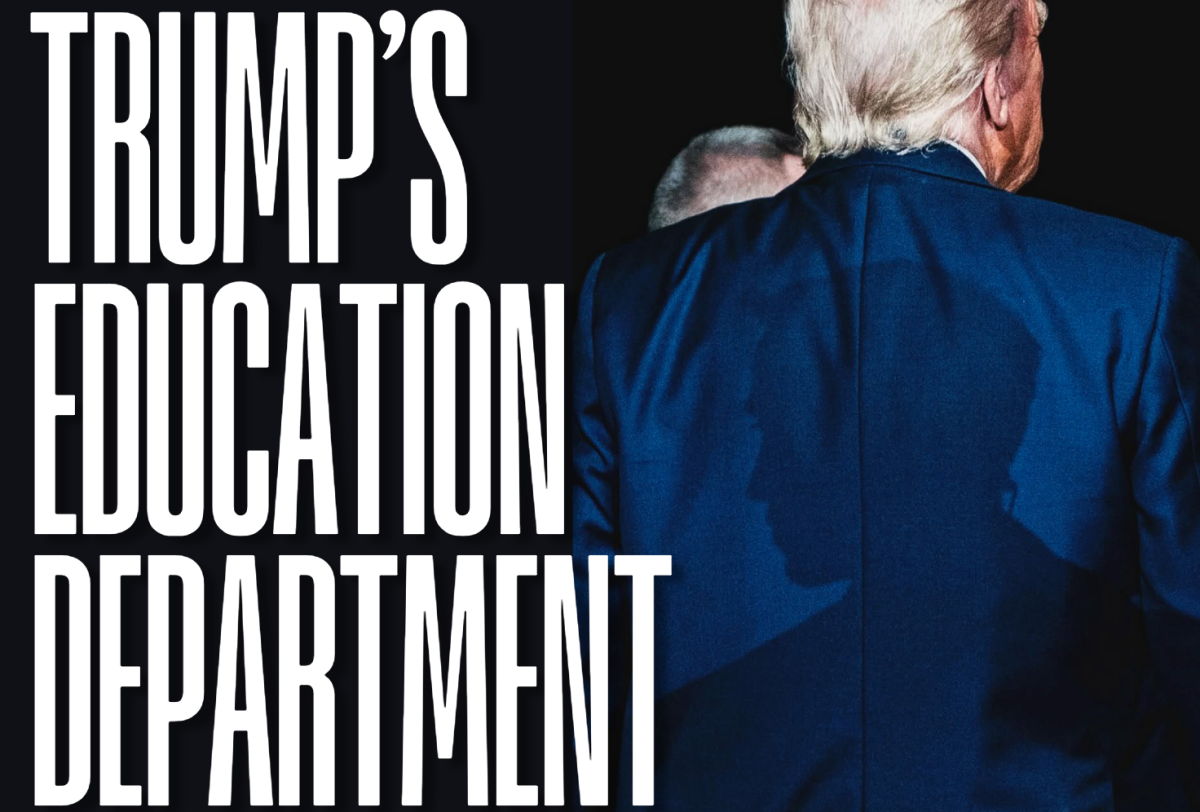By Sean Franklin

On the campaign trail, then-candidate Donald Trump often talked about building a wall on the southern border. “We need to build a wall” became one of his signature applause lines. But pundits dismissed this move as purely symbolic, saying it was merely meant to be an indication that Trump would be tough on immigration. Taking Trump “seriously but not literally” was the method employed by most analysts.
Nevertheless, since he has taken office Trump has shown that he does in fact want to build an actual, physical wall on the southern border. I was always a bit skeptical of the idea that the wall was purely a rhetorical device; Trump never seemed tongue-in-cheek when he talked about it. It seemed to me that he was serious: and he clearly was. In last month’s abortive attempt at immigration reform, he stipulated that one of the terms of the deal had to be $25 billion allocated for a border wall.
Since Trump seems serious about this move, let’s take the idea of building a wall on the Mexican border at face value. First, we should note that there is already a barrier erected along the majority of the border. The Secure Fence Act of 2006, signed into law by President George W. Bush, stipulated that a fence be built along the southern border. Nearly 700 miles of fence already stand along the 2,000-mile border.
Looking at the process of constructing that fence can give us an idea of the kind of issues that arise when you try to erect a physical barrier on the border. First of all, most of the land on the border is owned by private citizens. In 2006, government had to invoke eminent domain on hundreds of property owners in order to get enough land to build even the amount of fencing that currently exists. A border wall, which would require more support infrastructure than a fence, would likely require even more land. Building on this land is further complicated by a 1970 treaty between the U.S. and Mexico prohibiting construction that would inhibit the normal flow of the Rio Grande, which forms a large portion of the border.
Second of all, it’s expensive. Estimates for the cost of a 35-foot concrete wall (the specifications that Trump has laid out) on the border start at about $25 billion. Building a wall isn’t as easy as it seems. It’s not just the cost of the concrete and rebar that goes into it. You also need to pay engineers to design the wall and construction workers (40,000 a year, by one estimate) to build it, build hundreds of miles of roads to deliver materials, etc.
Even after the wall is built, maintenance and upkeep could cost billions of dollars each year, on top of the initial construction cost. For the existing border fence, the Government Accountability Office estimated that upkeep costs would exceed initial construction costs within seven years. The same would likely be true for a border wall. It all adds up to a $100 billion boondoggle within 20 years of construction (and that’s assuming there are no cost overruns – which, with government, is a fool’s wager).
A border wall would have a myriad of other drawbacks. It would permanently scar fragile desert ecosystems along the border. It would, especially given Trump’s rhetoric surrounding the wall and his outlandish claims that Mexico will pay for it, damage our relationship with the country, our third-largest trading partner. But the best argument against it is that it simply wouldn’t work.
First of all, research shows that about only half of unauthorized migrants actually jump the border in the traditional sense – the other half enters through legal ports of entry, usually with a short-term visa, and then overstay their welcome. A border wall would do nothing to stop these sorts of illegal entries. It probably wouldn’t stop people who come up against it, either. A 35-foot wall, for example, could easily be circumvented by a 36-foot ladder.
The kind of deal Trump is proposing, on principle, makes some sense – Democrats want protection for existing unauthorized migrants and Republicans want more border security. A compromise in which both sides get what they want is reasonable, but a border wall is not something that will increase border security.
If Trump really wants increased border security, he could send those $25 billion dollars to something that’s actually useful, like more Border Patrol agents. There are a lot of legitimate ways to reduce illegal immigration. Building a wall is not one of them.
Sean Franklin, FCRH ’21, is an urban studies major from Alexandria, Virginia.










































































































































































































